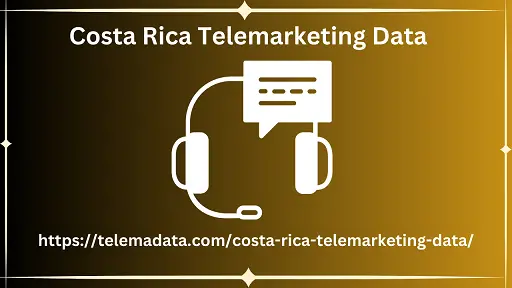Post by account_disabled on Feb 12, 2024 10:56:51 GMT 1
To be able to define what Edge Computing is most accurately, we need to briefly discuss cloud computing. Basically, all data processing will happen on devices such as computers, laptops, etc. However, few people know that it can also be processed via the Internet system and the method is no different. What's on the specific device? What is edge computing? Find out what Edge Computing is in the most accurate way Processing takes place on the Internet, outside of these devices is usually supported by cloud computing - Cloud Computing. This is a type of computing formed by a network of servers, connected to the same data center. Accordingly, users will access this system using a device connected to the Internet, then they perform data processing tasks on it. Edge computing - Edge is essentially a form of cloud computing like Cloud. However, the computing power that needs to be processed will not have to be sent to the original server center but will be distributed to many devices. Simply put, Edge is a method of optimizing the Cloud computing system through calculating and processing data at the edge of the network, the location closest to the data source.
A specific example: Normally with Cloud, when you work on Google Docs, every time you type a word, it will be sent immediately to Google's data center hundreds of thousands of kilometers away from you for processing. process and return results. But, with Edge, the words you type will be processed quickly through different devices, also known as small data centers, instead of being gathered in one location for Google, and then transferred back to Google for storage. further storage and processing. This helps your request be processed much faster, avoiding system overload or bad Costa Rica Telemarketing Data transmission lines. 2. How is Edge Computing different from Cloud Computing? As mentioned above, Edge Computing is the same as cloud computing - Cloud Computing. However, it is more optimized and provides a faster and more effective way to process data What is edge computing? Edge Computing appears to be safer and less error prone than Cloud Computing In addition, this difference is also clearly shown as follows: Cloud's computing processing speed is fast but not faster than Edge because Edge has small data centers on the edge.

Because Edge distributes many small devices near it, it rarely experiences system overload or bad transmission lines. Meanwhile, Cloud only has one root center, so this problem often occurs. With Cloud, data has to travel a long way to reach the origin server, which can cause security risks if hackers capture certain information. In contrast, Edge processes data right at the internal and surrounding devices, so it is more secure. Cloud bandwidth is easily overloaded when billions of devices access and send requests at the same time. Meanwhile, Edge solves this problem. Part of the necessary and important information is quickly processed first, thus contributing to reducing bandwidth and increasing transmission speed.
A specific example: Normally with Cloud, when you work on Google Docs, every time you type a word, it will be sent immediately to Google's data center hundreds of thousands of kilometers away from you for processing. process and return results. But, with Edge, the words you type will be processed quickly through different devices, also known as small data centers, instead of being gathered in one location for Google, and then transferred back to Google for storage. further storage and processing. This helps your request be processed much faster, avoiding system overload or bad Costa Rica Telemarketing Data transmission lines. 2. How is Edge Computing different from Cloud Computing? As mentioned above, Edge Computing is the same as cloud computing - Cloud Computing. However, it is more optimized and provides a faster and more effective way to process data What is edge computing? Edge Computing appears to be safer and less error prone than Cloud Computing In addition, this difference is also clearly shown as follows: Cloud's computing processing speed is fast but not faster than Edge because Edge has small data centers on the edge.

Because Edge distributes many small devices near it, it rarely experiences system overload or bad transmission lines. Meanwhile, Cloud only has one root center, so this problem often occurs. With Cloud, data has to travel a long way to reach the origin server, which can cause security risks if hackers capture certain information. In contrast, Edge processes data right at the internal and surrounding devices, so it is more secure. Cloud bandwidth is easily overloaded when billions of devices access and send requests at the same time. Meanwhile, Edge solves this problem. Part of the necessary and important information is quickly processed first, thus contributing to reducing bandwidth and increasing transmission speed.
